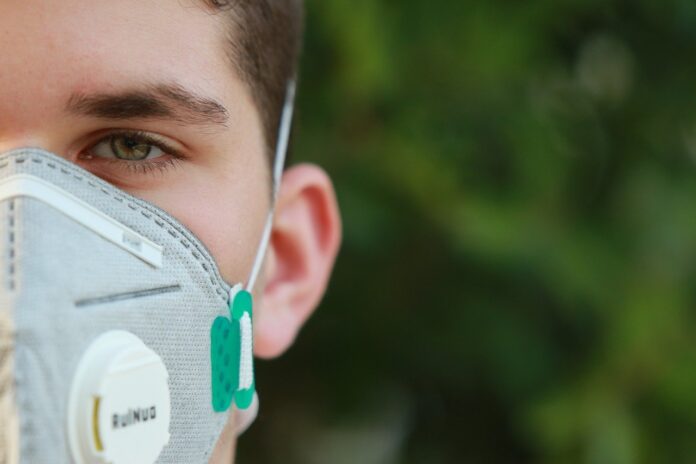Researchers from Brazil have recently reported the Covid-19 co-infection with not just one but two coronavirus variants at the same time. After these variants came into the limelight, most people assumed that probably all of the original coronavirus particles will transform into these modified strains, but that’s not how viruses evolve. Only a few of them mutate and change into a new, more virulent, and transmissible strain while the old SARS-CoV-2 continues to exist.
It is also possible for people to get infected with SARS-CoV-2 and its mutated variants at the same time, which is called co-infection. Although there was no information available on it, previously, but this new study has provided some proof of its existence.
Also read- Sugary Diets May Damage the Immune Response, New Study
Interestingly, there are no such changes to the severity of symptoms in Covid-19 patients, after being hit by multiple coronavirus variants. And most of them recovered, without requiring any special medical care or hospitalization.
But this situation is very rare and there are only a few cases reported with two coronavirus variants in one body. This study is currently waiting to be published in an acclaimed scientific journal.
In the past, researchers have seen the presence of different respiratory infection-causing strains inside the body. But there was none studied for coronavirus variants. This co-infection has raised new questions, on how multiple viruses normally interact with each other in a Covid-19 patient and how would that affect the chance of forming more variants.
Just like all other living organisms, viruses also evolve and mutate. But viruses tend to mutate at a much faster speed than other species that their new variants take only a few weeks or months to show up. Sometimes the selective pressures from the host body i.e., immune system, may also trigger these mutations.
But most of these mutations are not much value for the virus. Only a few of them add to the virulence of the virus such as mutations that increase its replication or ability to invade the host’s immune system.
These mutations help the virus to survive and infect more people. The RNA viruses, which include the Hep-C virus, or influenza virus mostly generate a number of replicating errors inside the host which allows the new strains to show up. These new species of viruses are called “quasi-species” which are somewhat similar to the original virus but not exactly the same.
Also read- AstraZeneca Vaccine Found Efficient in Older Adults (New study)
Based on the response from the host body, these variants may turn out either dangerous or non-risky for the body. But when these new variants show up along with the original viruses, it may increase the virulence overall, lowering the chance for the body to escape the viral invasion.
But as compared to other viruses, the novel coronavirus has low chances of mutations because of the least replication errors. But the presence of new coronavirus variants reveals that there were still some factors that allowed the virus to mutate, leading to more pathogenic variants such as the UK variant, South African variant, and others.




